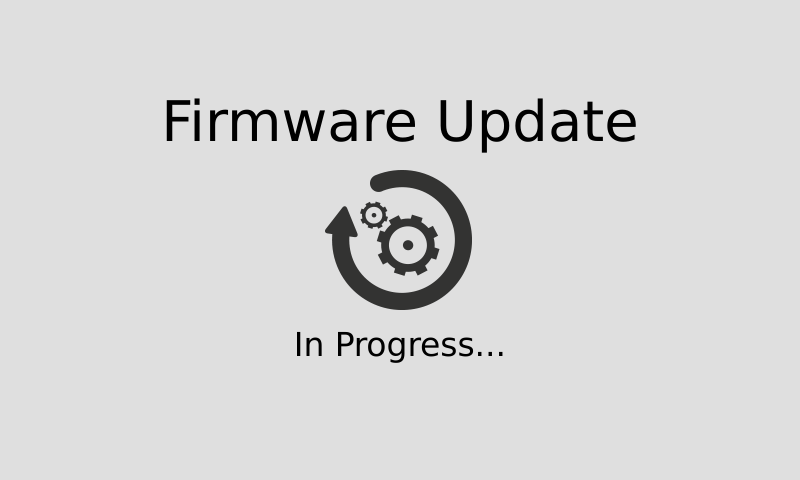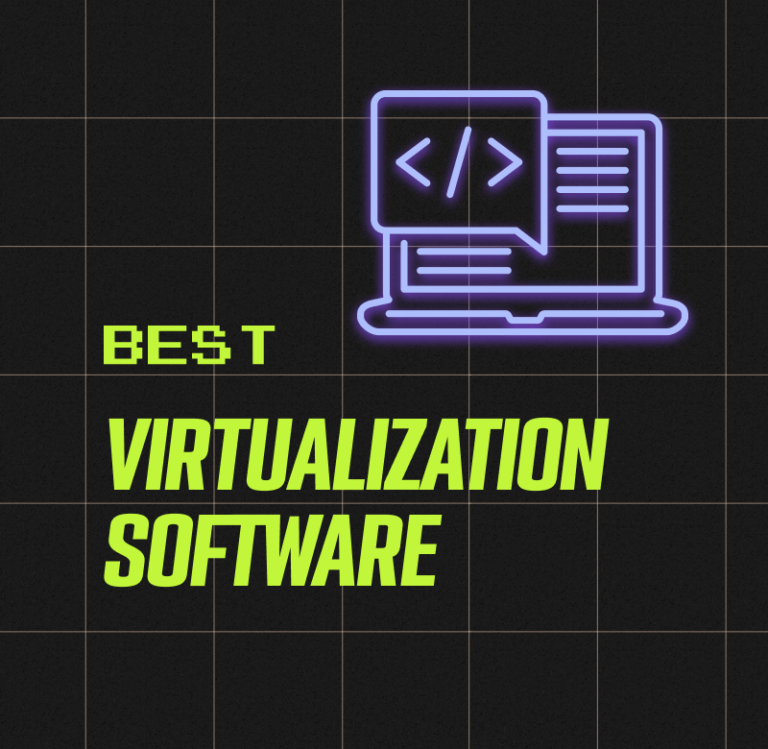5 best macOS apps for firmware updates
Last Updated on May 24, 2024 by Jhonni Jets
Keeping your Mac’s firmware up to date is important for security, stability, and to take advantage of the latest features. However, for most users, discovering and installing firmware updates can be a confusing process. Thankfully, there are a number of excellent third-party macOS applications that make finding and applying firmware updates much simpler. In this article, we’ll explore the 10 best macOS apps for easily handling all your Mac’s firmware update needs. We’ll cover both free and paid options, suitable for different levels of technical proficiency. By using one of these apps, you can rest assured your Mac’s firmware is always current.
Hackintoshes

One of the most useful Mac firmware update apps is Clover Configurator. While it has general update functionality, it truly shines for Hackintosh users. Clover Configurator allows Hackintosh owners to easily obtain and install EFI firmware updates needed to run macOS on non-Apple hardware. Without Clover Configurator and projects like it, keeping a Hackintosh up-to-date would be exponentially more difficult.
Within the app, Hackintosh users can browse available EFI updates from The Clover Project and install them with just a couple clicks. Clover Configurator intelligently handles any adjustments to config.plist settings required for the new firmware version. It can also create system snapshots before updates for easy rollback if needed. For Hackintosh owners that want native performance and stability on their custom-built Macs, Clover Configurator makes keeping the under-the-hood firmware current almost as simple as on genuine Apple hardware.
All-in-One Firmware Management

Monterey Update Manager is a robust free app that handles firmware updates across all Mac components from one central location. After detecting your Mac model and OS version installed, it shows available updates for the SMC, T2 chip, IOMemoryController, and more. You can browse update details, review changelog highlights, and easily download and install firmware updates individually or all at once. Monterey Update Manager also maintains an online database of past firmware versions, so you always have the option to restore an earlier firmware state if desired.
For simple set-it-and-forget-it firmware management on Macs running macOS Monterey or later, Monterey Update Manager is a very capable choice. It keeps the update process hands-off while still giving you control and transparency into what’s happening behind the scenes. And its unified dashboard prevents hassles associated with hunting down updates from different developer websites or disk utilities. Whether it’s your personal Mac or you manage a fleet, Monterey Update Manager takes the legwork out of staying up-to-date.
Automated Firmware Updates

Another great free option is MacFirmwareUpdater, which performs fully automated firmware checks and installations. After launching, it queries Apple’s servers to see what firmware versions are available for your specific Mac model. If any updates are found, it will automatically download and install them without any further user input required. MacFirmwareUpdater aims to make firmware management about as simple and hands-off as possible.
While its set-it-and-forget approach streamlines the process, MacFirmwareUpdater lacks some of the transparency and controls offered by apps like Monterey Update Manager. You don’t get to approve updates individually or preview change logs. It also does not support rolling back if needed. However, for most users just wanting the simplest solution, MacFirmwareUpdater can’t be beat. It keeps your firmware optimized with zero work on your part beyond launching the app periodically. Even technically novice Mac users can benefit from its plug-and-play automation.
Firmware Tools and Controls

Taking a more advanced and customizable approach is PwdrKeg, a $29 Mac app favored by firmware modders and power users. PwdrKeg offers an unparalleled level of control and insight into low-level systems like Board Management Controllers and System Management Controllers. It maintains an expansive update library of firmware versions both official and modified. You can manually browse, download and install individual firmware components or set up automated rules.
Perhaps PwdrKeg’s biggest draw is its toolset. It includes features like firmware rollback, firmware modification and extraction capabilities, SMC injection, and more. Using PwdrKeg, you can tweak your system firmware beyond what Apple allows. This gives hardware hackers rich possibilities for experimentation and performance tuning. While not essential for typical users, PwdrKeg satisfies power users seeking the ultimate in firmware customization across their Macs. Just be aware that messing with firmware this deeply carries inherent risks if not handled carefully.
Command Line Updates

For developers and CLI experts, macOS comes bundled with powerful but esoteric command line firmware update tools. The most robust is firmwareupdate, which provides granular access to install, check for, and roll back system, IO kit, and other firmware components. You can craft customized update rules, run updates non-interactively, and get status output. Various open source projects also exist like mdtdriver and system_profiler to supplement standard Apple tools.
While firmwareupdate gives a very low-level experience, it requires intermediate-to-advanced Terminal skills to work with. Errors can also be cryptic without debugging knowledge. Therefore, it’s really only suitable for scripters, sysadmins and hardcore devs. The downside is you miss out on the hand-holding of a graphical app. But if you’re comfortable with the command line, Apple’s built-in update tools provide unparalleled tweakability once you learn to harness them properly. They satisfy power users who want to script and automate firmware management across entire fleets of Macs.
Conclusion
Keeping your Mac’s firmware optimized is important for security, compatibility and maximizing performance over time. The apps covered here range from simple automated tools to advanced solutions giving expert-level firmware control. Whether you need set-it-and-forget-it updates, a central dashboard, command line access or modding capabilities, there is an excellent free or paid third-party app suited to your technical skills and needs. By incorporating one of these powerful firmware update managers into your Mac maintenance routine, you can rest assured your system stays as fresh and optimized as the day you took it out of the box.







